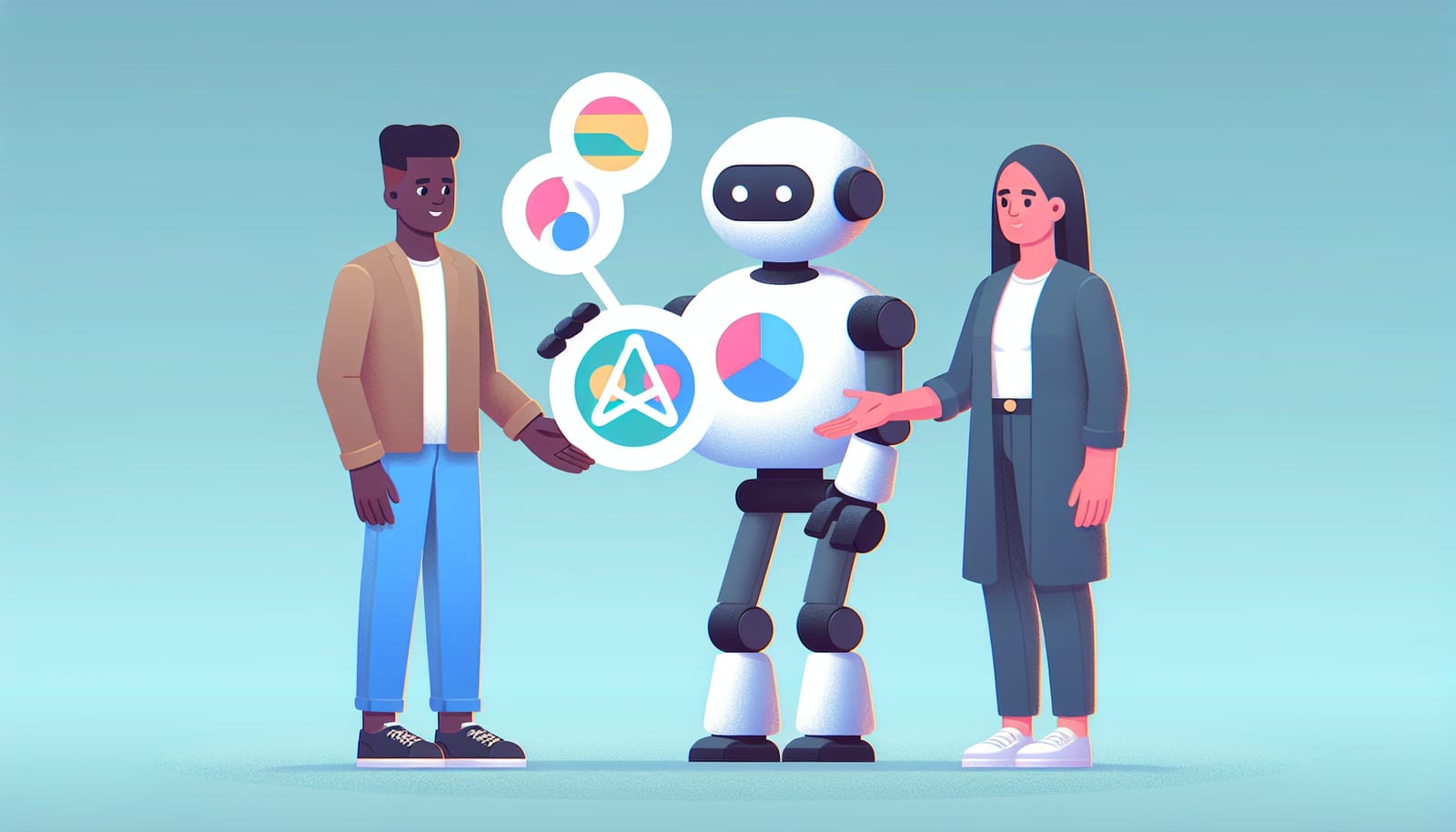In today's fast-paced world, information is at our fingertips. With just a few clicks, we can access news from around the globe. However, this vast sea of information also comes with its challenges. One of the most pressing issues we face is the spread of misinformation. Thankfully, artificial intelligence (AI) is stepping in to help combat this problem, making the news more reliable and trustworthy.
Understanding Misinformation
Misinformation refers to false or misleading information that is spread regardless of intent. This can include anything from exaggerated headlines to completely fabricated stories. In the era of social media, misinformation can travel faster than the truth, leading to confusion and mistrust among the public.
As we navigate through a world filled with news articles and social media posts, it's essential to differentiate between facts and falsehoods. This is where AI comes into play, helping to identify and flag misleading content before it reaches a wider audience.
How AI Works to Combat Misinformation
AI employs various techniques to identify misinformation. One of the most common methods is through natural language processing (NLP). NLP allows machines to understand and interpret human language. By analyzing text for certain keywords, phrases, and patterns, AI can flag content that is likely to be false or misleading.
Additionally, AI systems can cross-reference information with reliable sources. For instance, if a news article claims a specific event happened, AI can check this against established databases and trusted news outlets. If the claims don't match, the system can alert users or editors about potential misinformation.
The Role of Machine Learning
Machine learning, a subset of AI, plays a crucial role in improving the accuracy of misinformation detection. Through machine learning, AI systems learn from vast amounts of data over time. They analyze past examples of misinformation and adjust their algorithms to become better at spotting similar patterns in the future.
For instance, if a particular type of misleading headline is frequently shared on social media, machine learning models can learn from this data. They can then develop a way to identify similar headlines, helping to prevent the spread of misinformation.
Real-World Applications of AI in Newsrooms
Many news organizations have started integrating AI tools into their workflows. These tools help journalists fact-check their articles, verify sources, and even generate content. For example, the Associated Press uses AI to automate the creation of financial reports, allowing their journalists to focus on more complex stories.
Another exciting application is the use of AI to analyze public sentiment. By scanning social media and online discussions, AI can provide insights into how people are reacting to certain news stories. This helps journalists understand the public's perspective and adjust their reporting accordingly.
The Importance of Transparency
While AI has the potential to revolutionize how we consume news, it's vital that its use is transparent. Readers should know when AI is being used to fact-check or analyze information. By being open about these processes, news organizations can build trust with their audience.
Additionally, AI should complement, not replace, human judgment. Journalists play a critical role in interpreting news and providing context that machines cannot. The collaboration between AI and human journalists can lead to more accurate and reliable news reporting.
Challenges Ahead
Despite the benefits, there are challenges to using AI in combating misinformation. One major concern is the potential for bias in AI algorithms. If the data used to train these systems contains biases, the AI may inadvertently propagate those biases in its assessments. This can lead to unfairly targeting certain groups or perspectives.
Another challenge is the ever-evolving nature of misinformation. As AI systems get better at detecting falsehoods, those spreading misinformation are also adapting. They may find new ways to disguise their content, making it increasingly difficult for AI to keep up.
The Future of AI in News
Looking ahead, the integration of AI in journalism is only expected to grow. As technology advances, AI tools will become even more sophisticated, enabling more accurate detection of misinformation. This can lead to a future where consumers can trust the news they read, free from the noise of false information.
Moreover, AI can empower readers by providing them with tools to help them evaluate the credibility of news sources. Imagine a world where every news article comes with an AI-generated credibility score, helping readers make informed decisions about what to trust.
As we navigate the digital landscape filled with information, AI stands as a powerful ally in the fight against misinformation. By leveraging advanced technologies like natural language processing and machine learning, we can enhance the quality of news and build a more informed society.
While there are challenges ahead, the potential for AI to revolutionize journalism is immense. With transparency, collaboration between humans and machines, and continuous improvement, we can pave the way for a future where trustworthy news is the norm. Together, let's embrace the power of AI to help us become smarter, more informed citizens in an increasingly complex world.
As we move forward, remember that each of us plays a role in spreading truth and knowledge. By staying informed and utilizing the tools available, we can help create a world where misinformation has no place.


